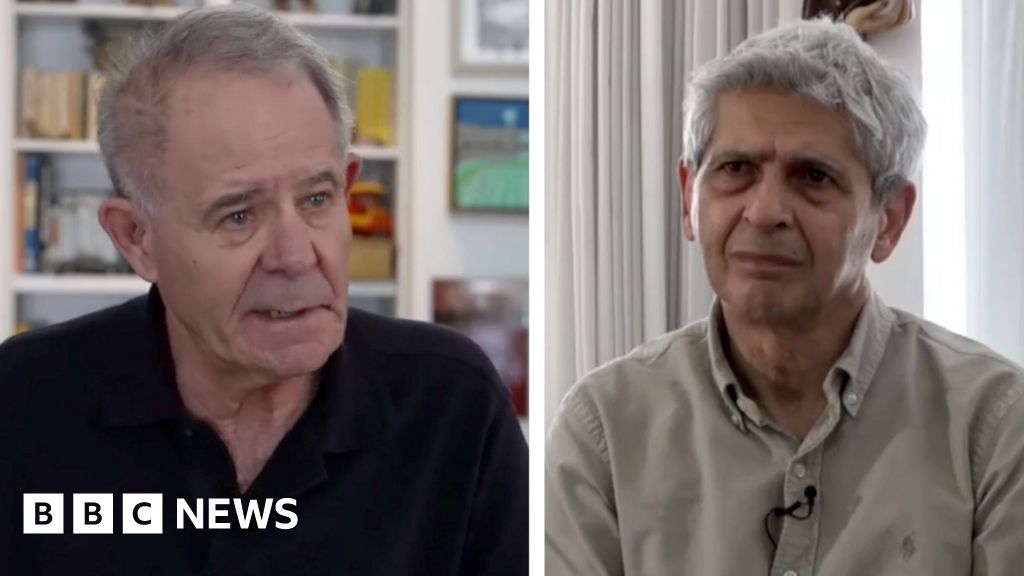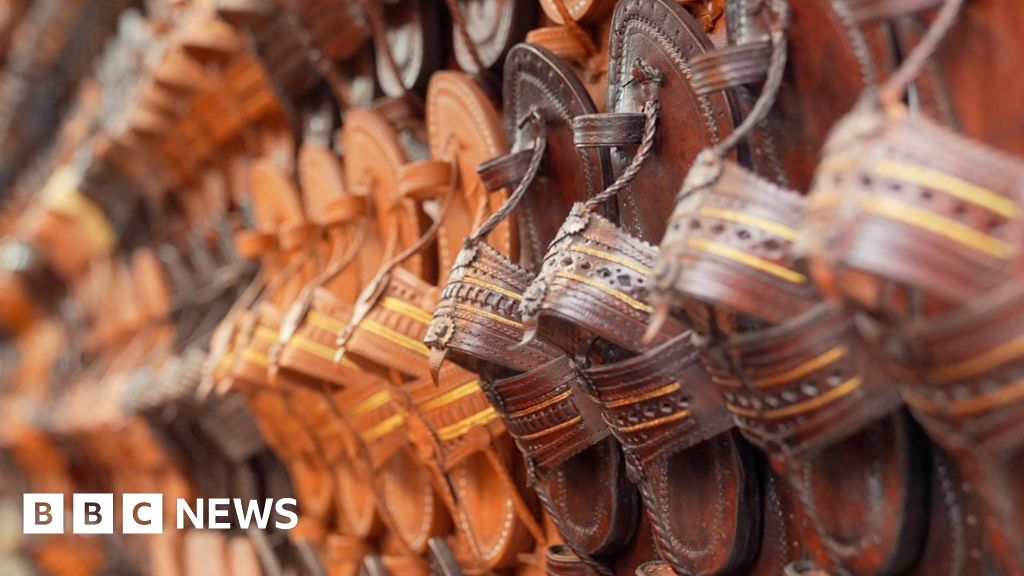The frequency regime lying in the shortwave infrared (SWIR) has very unique properties that make it ideal for several applications, such as being less affected by atmospheric scattering as well as being “eye-safe.” These include Light Detection and Ranging (LIDAR), a method for determining ranges and distances using lasers, space localization and mapping, adverse weather imaging for surveillance and automotive safety, environmental monitoring, and many others.
However, SWIR light is currently confined to niche areas, like scientific instrumentation and military use, mainly because SWIR photodetectors rely on expensive and difficult-to-manufacture materials. In the past few years, colloidal quantum dots—solution-processed semiconducting nanocrystals—have emerged as an alternative for mainstream consumer electronics.
While toxic heavy-metals (like lead or mercury) have typically been used, quantum dots can also be made with environmentally friendly materials such as silver telluride (Ag2Te). In fact, silver telluride colloidal quantum dots show device performance comparable to their toxic counterparts. But they are still in their infancy, and several challenges must be addressed before they can be used in practical applications.
Now, ICFO researchers Dr. Yongjie Wang, Hao Wu, Dr. Carmelita Rodà, Dr. Lucheng Peng, Dr. Nima Taghipour, and Miguel Dosil, led by ICREA Prof. Gerasimos Konstantatos have demonstrated a new method to create silver telluride colloidal quantum dots that addresses these challenges. The team also developed the first proof-of-concept SWIR LIDAR using colloidal quantum dots made of non-toxic materials, successfully measuring distances over 10 meters with decimeter resolution.
The study, published in Advanced Materials, marks a key step toward practical, cost-effective, and environmentally-friendly LIDAR systems for consumer and automotive markets.
Overcoming challenges in non-toxic colloidal quantum dots for SWIR photodetection
Silver telluride colloidal quantum dots have traditionally faced three challenges: high dark current, limited linear dynamic range and response speed.
Dark current is the small electrical current that flows through a photodetector even when no light is present. High dark current increases noise, limiting sensitivity to weak signals.

For LIDAR applications, this ultimately limits the ability to detect distant objects, as greater distances or atmospheric interference lead to more signal attenuation. The linear dynamic range refers to the range between the minimum and maximum detectable light intensity. The wider the range, the higher the contrast of the scene the SWIR detector can sense and visualize.
Finally, the response speed of a photodetector measures how quickly it can react to changes in incident light intensity. A fast response facilitates accurate distance measurement and optical telecom, among others.
ICFO researchers improved drastically all three features compared to the previous record, which was reported by themselves in Nature Photonics just one year ago. Specifically, they achieved a dark current density of less than 500nA/cm2, an external quantum efficiency at 1400 nanometers of 30%, an LDR in excess of 150dB and a time response as fast as 25 nanoseconds.
These successful results encouraged them to build a proof-of-concept SWIR LIDAR, using, for the first time, colloidal quantum dots made of materials compliant with the Restriction of Hazardous Substances directive. The device measured distances over 10 meters with decimeter resolution, showcasing a promising potential of silver telluride colloidal quantum dots for LIDAR applications.
“At the beginning of the project, we didn’t expect such a significant leap in the final device performance,” recalls Dr. Yongjie Wang, first co-author of the paper. The team started by optimizing the synthesis of quantum dots to eliminate surface defects, which tend to reduce efficiency. However, this strategy alone was not enough.
“Initially, the device performance was not very satisfactory. It wasn’t until we applied a silver nitrate post-treatment to our quantum dot thin film that we saw major improvements, suggesting that this optimization approach was promising,” adds the researcher.
The proposed engineering strategy advances the development of SWIR optoelectronic devices by leveraging the cost-effectiveness and manufacturing advantages of colloidal quantum dots, while considerably enhancing their performance as an environmentally friendly alternative. Future research will focus on achieving even faster response times, higher quantum efficiency and more reliable operation under realistic temperature and humidity conditions.
These advancements, including the present study, will bring us one step closer to the ultimate goal: a widespread adoption of SWIR light in consumer electronics.
More information:
Yongjie Wang et al, Shortwave Infrared Light Detection and Ranging Using Silver Telluride Quantum Dots, Advanced Materials (2025). DOI: 10.1002/adma.202500977
Citation:
Infrared heavy-metal-free quantum dots deliver sensitive and fast sensors for eye-safe LIDAR applications (2025, April 3)
retrieved 3 April 2025
from
This document is subject to copyright. Apart from any fair dealing for the purpose of private study or research, no
part may be reproduced without the written permission. The content is provided for information purposes only.


















